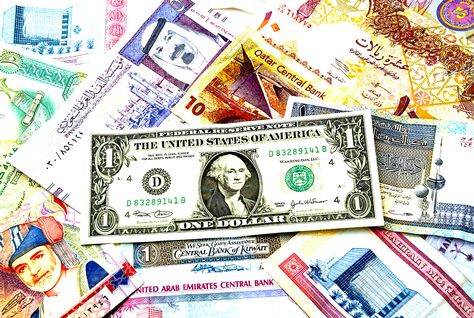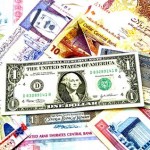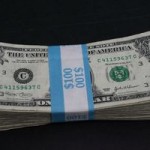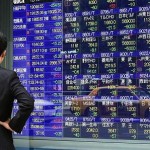Why liquidity is drying up in the currency market

Sovereign bonds aren’t the only market facing a liquidity shortage.
As volatility in the foreign-exchange market has risen over the past eight months, currency traders are finding that liquidity has become much patchier than it once was.
Several factors, including traders’ increasing reliance on algorithmic trading, the extreme lopsidedness of the market’s positioning, and reluctance by market-makers to take the losing side of the trade are sopping up liquidity in the foreign-exchange market when it‘s most needed.
This becomes acutely apparent when there’s a sudden surge in trading volume, like the sudden increase that followed the Federal Reserve’s policy statement last Wednesday.
“The market seemed to move very, very aggressively relative to the scale of the news,” said Steven Barrow, head of G10 Strategy at Standard Bank. “Was [Yellen’s statement] more significant than 9/11? Was it more significant than the Greek election of 2012?”
After Yellen surprised the market on Wednesday, a massive unwinding of traders’ short-euro positions occurred that was primarily driven by trading algorithms, said Sebastien Galy, director of FX strategy at Societe Generale. Here’s how that wild trading action looked on March 18, when the Federal Reserve announced that it was take a moderate approach to raising rates while removing the term ‘patient’ from policy statements.
As algorithms unwound bets against the euro, the single currency became scarce. But the algorithms continued to search for the next-best price to execute a trade, creating a feedback loop that drove the price of the euro higher.
The euro was trading at $1.0620 before the Fed released its statement at 2 p.m. Eastern. By the time Federal Reserve Chairwoman Janet Yellen had finished taking questions at her press conference, the euro had risen above $1.0800.
At that time “you had probably cleaned out most of the stops in the market,” said Steven Englander, Global head of G10 FX strategy at Citigroup, referring to stop-loss orders, a tool that traders use to automatically sell an asset if it falls below a certain price.
This caused liquidity to seize up, at one point sending the euro 200 pips higher against the dollar in a span of three minutes — a seismic move. It eventually peaked above $1.10, temporarily retracing more than two weeks of losses.
Before the financial crisis and the exchange rate-manipulation scandals that came to light in 2014, traders at large foreign-exchange brokers were more willing to abide short-term loss and supply liquidity, reasoning that a rapid depreciation would likely result in a discount. But in the modern regulatory environment, traders say there is more emphasis on short-term performance.
Analysts at several international banks with large foreign-exchange operations declined to discuss the impact of specific regulations on the record, saying they were not authorized to speak on that topic.
Despite a recent decline in dollar-long positioning in the futures market, recent data from the Commodity Futures Trading Commission suggest that the foreign-exchange market remains disturbingly one-sided.
So it’s likely that we haven’t seen the last of extreme volatility in the dollar.
Source: Marketwatch – Why liquidity is drying up in the currency market





























